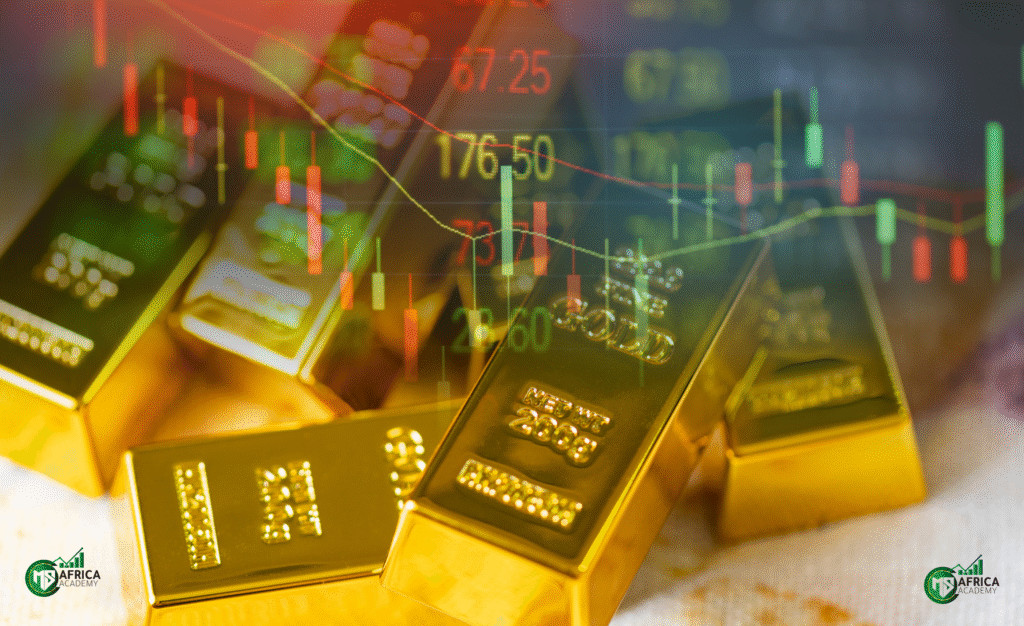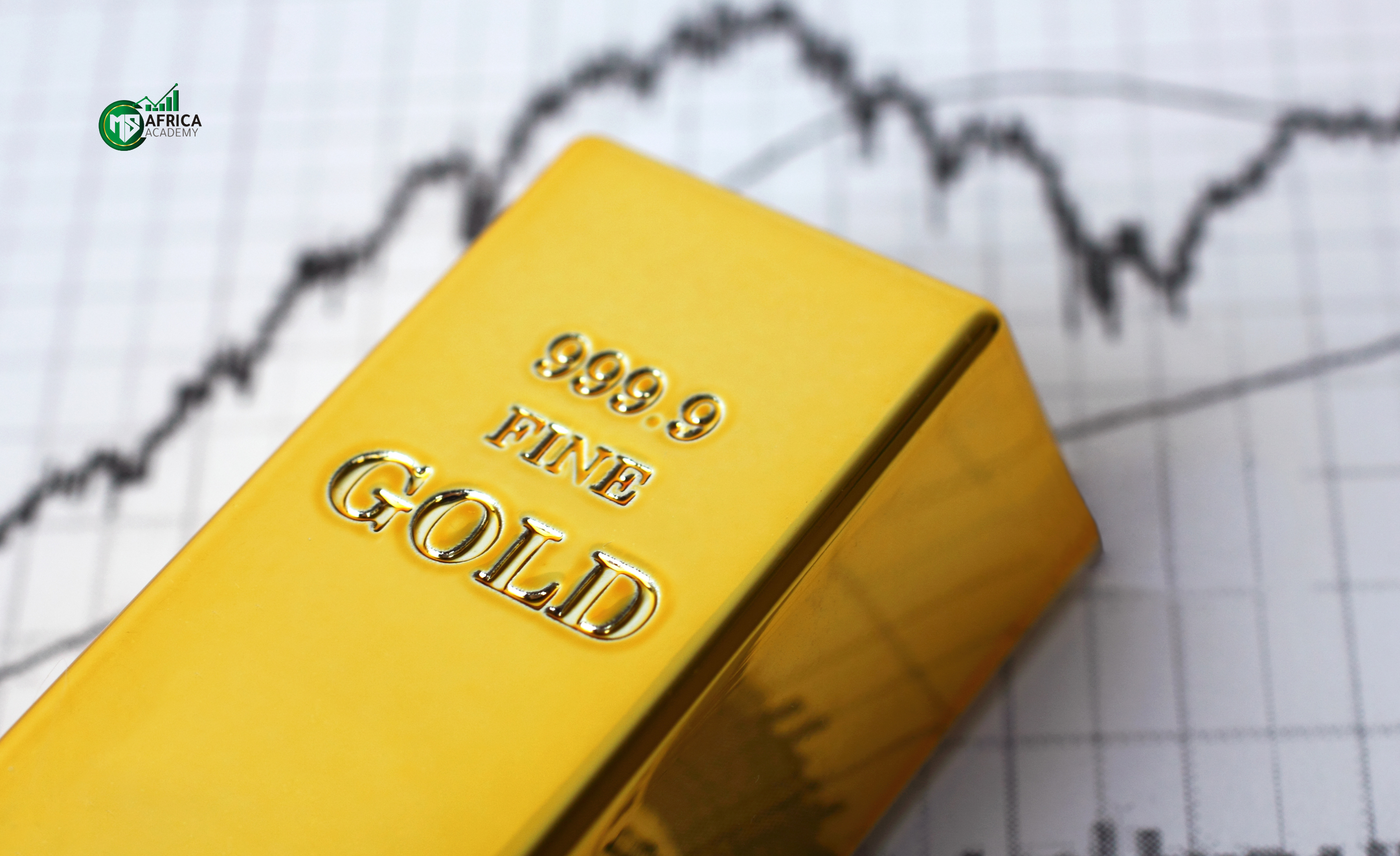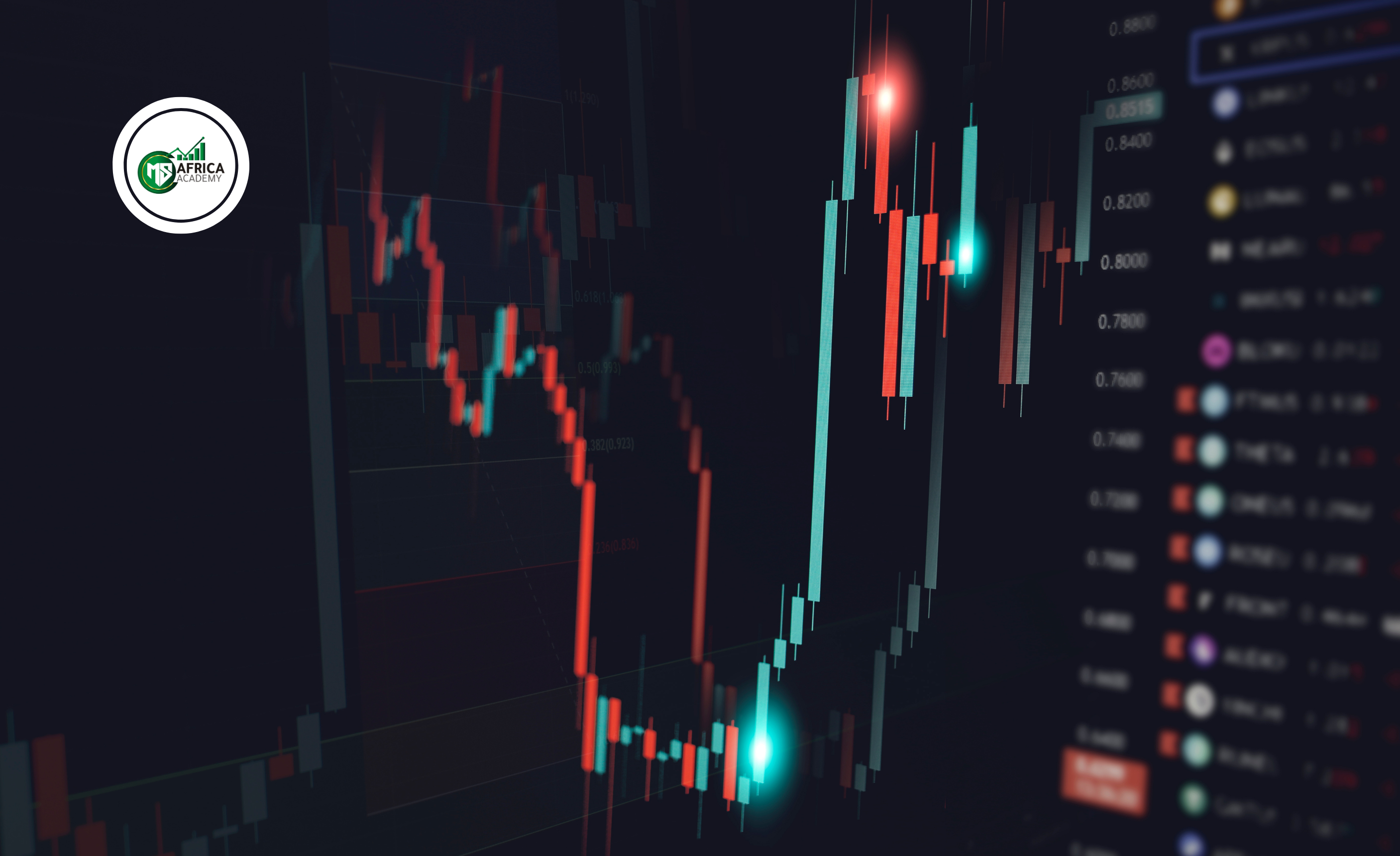In global finance, few assets command as much historical weight and strategic significance as gold. Often viewed as the anchor of value during times of market distress, gold is more than a precious metal , it is a significant driver of economic sentiment and movement within the foreign exchange (forex) market.
This article breaks down how gold impacts currency valuation, which currency pairs are most sensitive to gold fluctuations, and how forex traders can incorporate this understanding into more sophisticated trading strategies.
Gold’s Position in the Global Economy
Gold operates outside the jurisdiction of any single central bank. It is not tied to the monetary policy of any nation, yet its influence is felt across all corners of the financial ecosystem. Its historical role as a store of value, a hedge against inflation, and a safe haven during geopolitical or economic instability, makes it a unique asset that often moves contrary to riskier or inflation-prone assets.
The foreign exchange market, on the other hand, reflects real-time sentiment about the economic health and policy direction of countries through the movement of their currencies. Because of this, gold often serves as a mirror to broader macroeconomic narratives that also affect currency values.
The Inverse Dance: Gold and the US Dollar
The relationship between gold and the United States dollar (USD) is among the most widely tracked in global markets. Generally, the two exhibit an inverse correlation. But this is not merely a coincidence — the reasoning is structural.
Gold is priced internationally in US dollars. Therefore:
When the dollar appreciates, gold becomes more expensive in other currencies, often leading to a drop in demand and, subsequently, a decrease in gold prices.
When the dollar depreciates, gold becomes more attractive to international buyers, pushing its price higher.
However, this inverse relationship does not hold under all conditions. For instance, during episodes of extreme market fear — such as global financial crises — both gold and the dollar can rise simultaneously, as investors seek safety in what they perceive as stable assets.

Gold and the Australian Dollar: A Commodity-Based Correlation
Australia is one of the world’s leading producers of gold. As such, the Australian dollar (AUD) often exhibits a positive correlation with gold prices.
This correlation is driven by trade dynamics:
When gold prices rise, Australia benefits from increased export revenue, which strengthens the country’s trade balance and, by extension, its currency.
When gold prices fall, the economic outlook for Australia’s resource-driven economy dims, which can result in AUD depreciation.
Traders analysing the AUD/USD pair often pay close attention to movements in gold. When gold surges, a strengthening AUD frequently follows — though always within the context of broader economic indicators.
Safe Haven Dynamics: Gold, CHF, and JPY
In periods of geopolitical unrest or global financial uncertainty, gold is not the only asset to attract capital flows. Safe-haven currencies such as the Swiss franc (CHF) and the Japanese yen (JPY) often rise alongside gold.
The reason for this lies in investor psychology. In times of crisis:
Investors retreat from higher-yielding but riskier currencies such as the South African rand (ZAR), Brazilian real (BRL), or Turkish lira (TRY).
They move capital into historically stable assets — including gold, CHF, and JPY.
These simultaneous flows create conditions where gold prices and these safe-haven currencies may rise together, while risk-linked currencies fall.
This is why forex traders often monitor gold as a sentiment gauge. When gold begins to spike without a clear inflationary or dollar-driven explanation, it can signal growing risk aversion in the market — a potential precursor to shifts in forex pair dynamics.
Emerging Market Sensitivity to Gold
Several emerging economies derive significant national income from gold production and exportation. South Africa, for instance, was once the world’s largest gold producer and still retains gold as a critical pillar of its economy.
In such cases:
An increase in gold prices tends to strengthen the country’s currency by improving its terms of trade and boosting government revenue.
Conversely, a slump in gold can pressure the local currency, exacerbate inflation, and create monetary policy challenges.
Traders looking at the South African rand (ZAR) or Peruvian sol (PEN), for example, would do well to factor gold’s performance into their broader macro analysis.
Gold, Inflation, and Interest Rates: The Three-Way Tug of War
Gold thrives in low-interest, high-inflation environments. When inflation rises and real interest rates fall (or remain negative), gold becomes more attractive as a store of value.
But this interaction also affects currencies:
If inflation in the United States begins to climb without a proportionate rise in interest rates, the dollar might weaken while gold strengthens.
However, if the Federal Reserve responds with aggressive rate hikes, the dollar might appreciate, placing downward pressure on gold.
Traders must therefore look beyond surface-level price action and consider the broader macroeconomic landscape: Are central banks lagging behind inflation? Is there a risk of stagflation? Is the market anticipating a tightening cycle?
In such environments, gold becomes a real-time test of how markets interpret central bank credibility and policy direction — with clear spill-over into currency markets.
Using Gold as a Signal in Forex Trading
Gold is not a currency, but it is a currency influencer. Smart forex traders often use gold’s movements as a confirming or leading signal for certain trades.
Here are practical ways to do this:
Track Gold vs AUD/USD
A bullish breakout in gold might precede a move higher in AUD/USD. Watching for divergence or alignment can offer tactical trade entries.
Monitor Gold during Risk-Off Events
When markets react to events such as war, pandemics, or economic collapse, gold often moves first. If gold surges and currencies like the yen and franc follow, a broader risk-off move might be developing.
Use Gold in Multi-Timeframe Analysis
Just as traders analyse price charts in different timeframes, gold should be examined across daily and weekly charts to identify major sentiment shifts or structural breakouts that can affect forex pairs.
Build Intermarket Awareness
Gold does not operate in isolation. It responds to real yields, the US dollar index (DXY), and global inflation expectations. Forex traders who understand this broader matrix can position themselves more intelligently.
Understanding the nuanced ways gold interacts with specific currencies — particularly the US dollar, Australian dollar, Swiss franc, Japanese yen, and emerging market currencies — adds another layer of depth to any trader’s analytical toolkit.
At MS Africa Academy, we train traders not only to react but to interpret — to read the signals that markets send and translate them into intelligent trade ideas.
At MS Africa Academy, we do not teach shortcuts. We teach strategy. If you want to understand the real drivers of currency movement — like gold — and learn how to apply them in your daily trades, now is the time to level up.
🔶 Join our next cohort of strategic forex traders. Learn to think beyond charts. Learn to trade with context.





